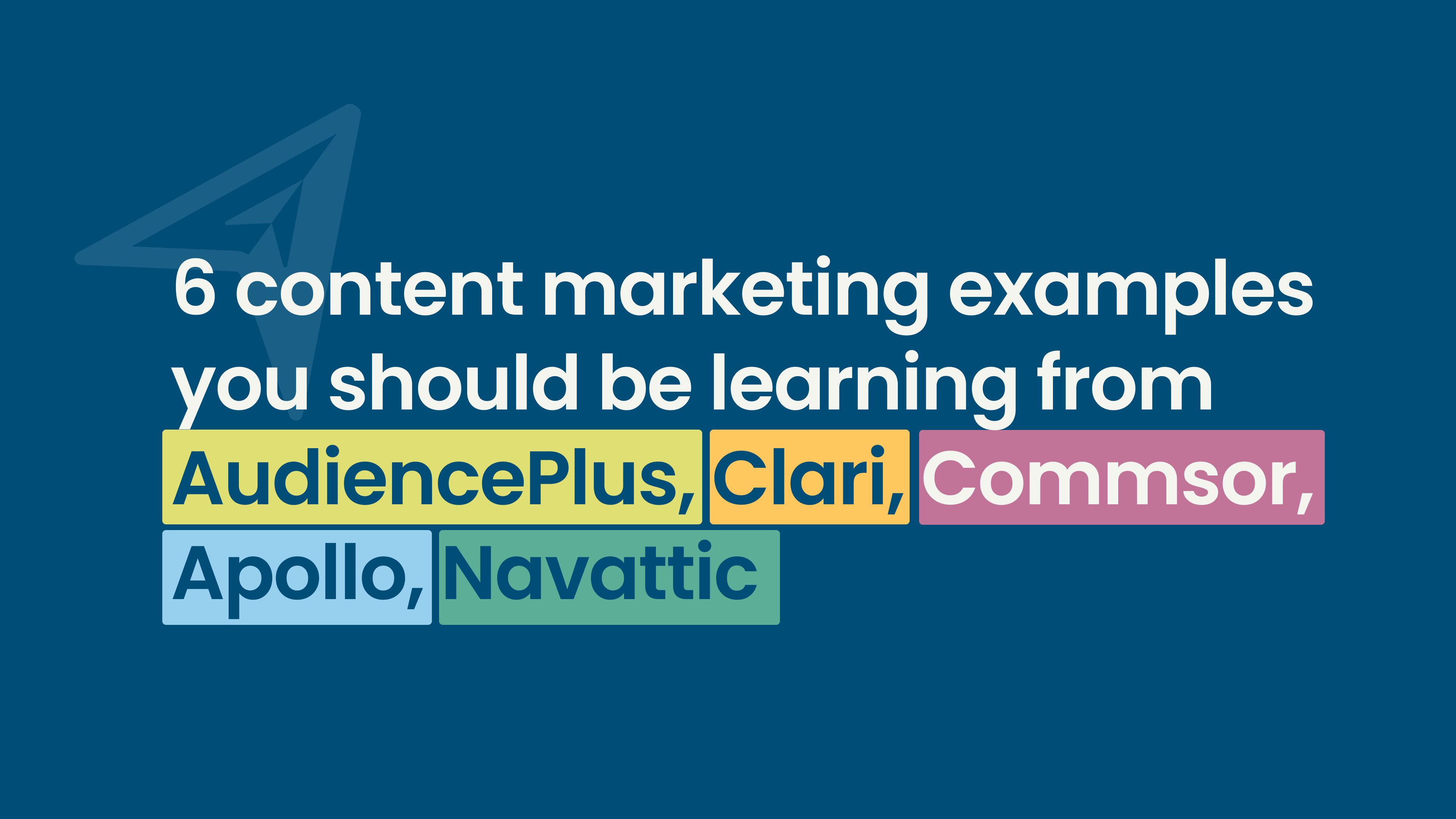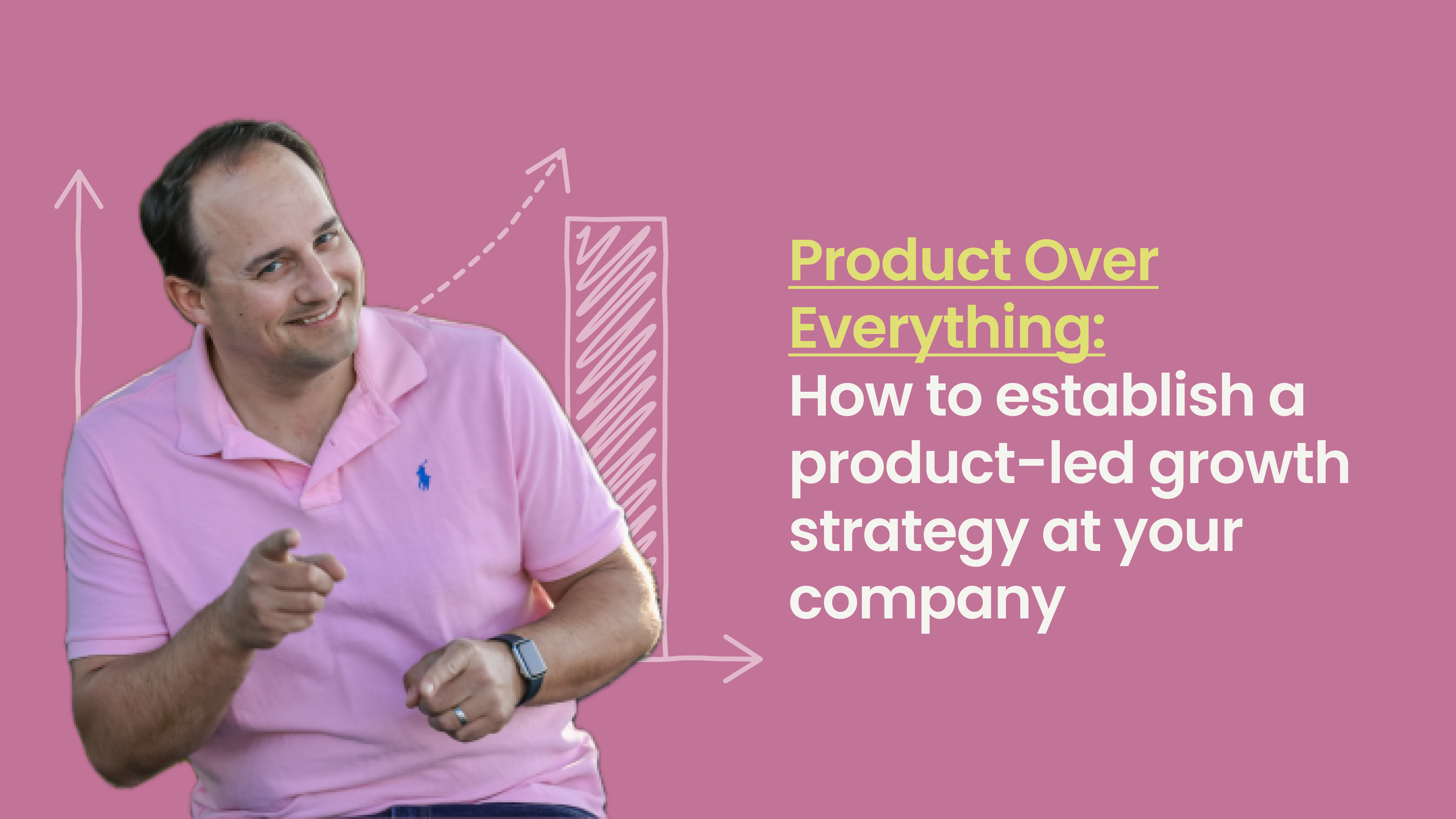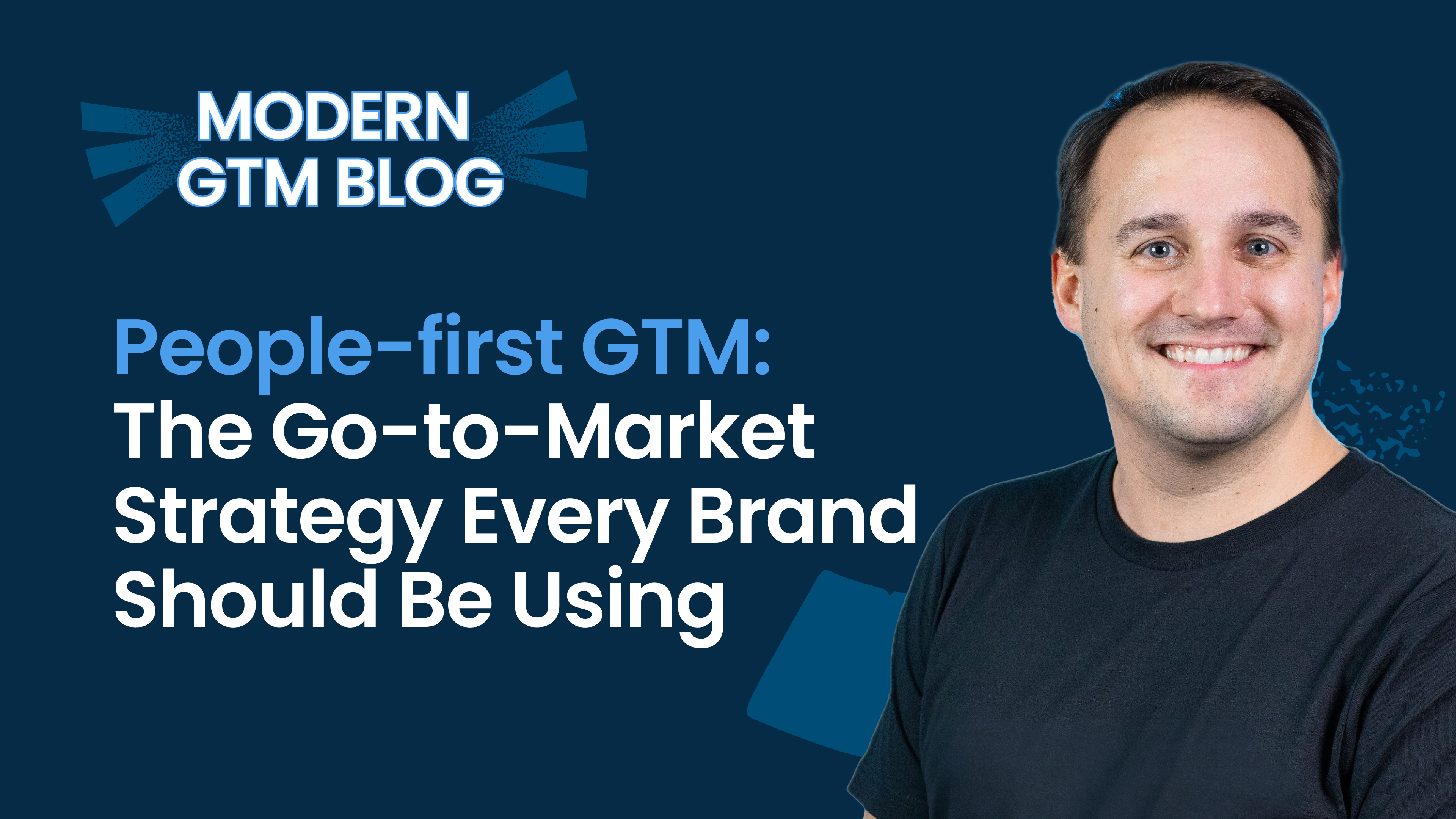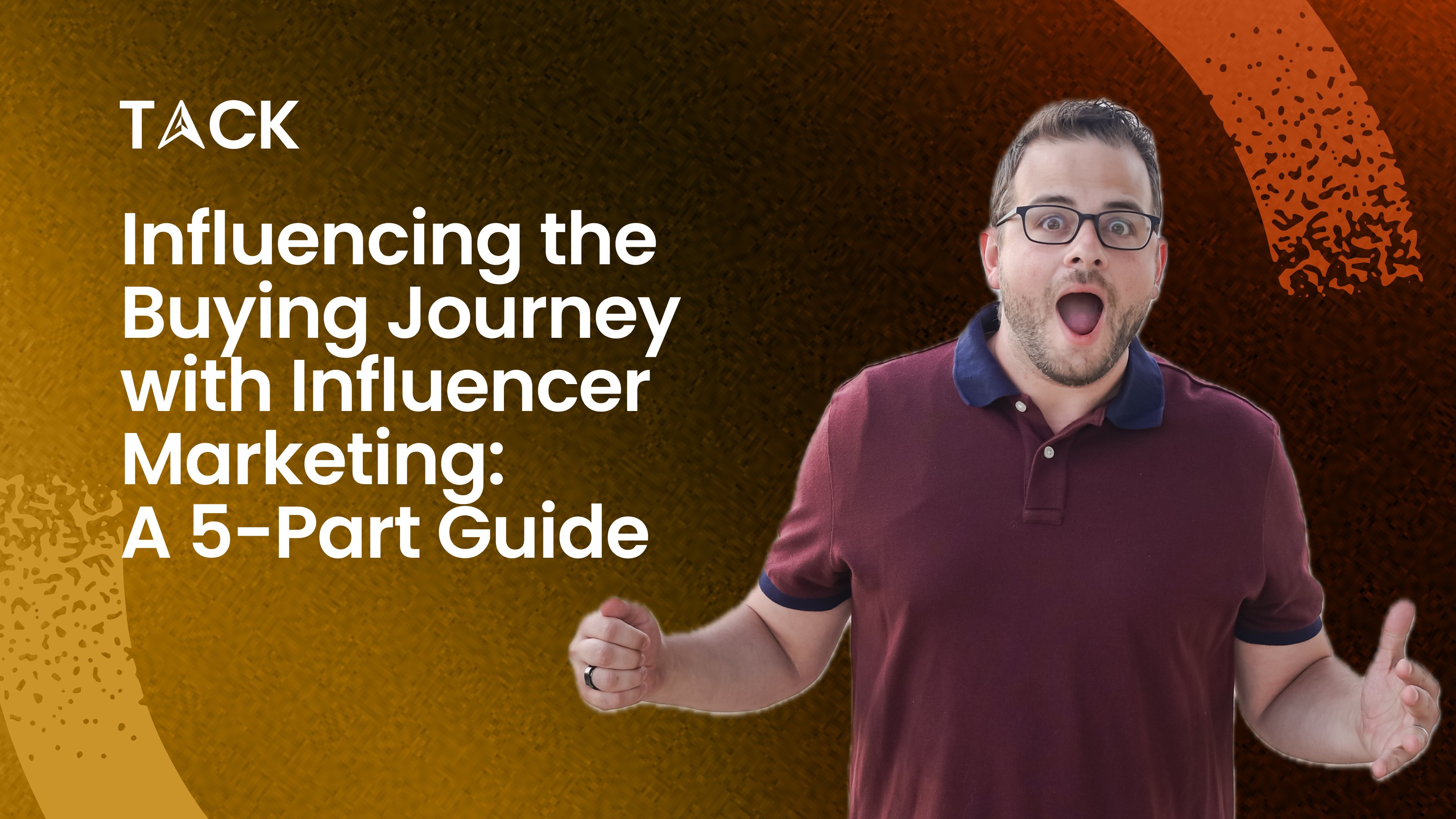6 content marketing examples you should be learning from
Crafting an effective content marketing program can be daunting. There’s strategies, channels, and formats to consider and before you know it, you’re lost in a maze of possibilities.
Fortunately, you don't have to reinvent the wheel.
Some of the most successful B2B brands have already been there, done that, blazed a trail, and left toasted breadcrumbs for us to follow. By examining their approaches, we can gain valuable insights and inspiration for our own content marketing journeys.
In this blog, we’ll take a look at 6 standout examples of content marketing done right, each offering unique lessons that you can adapt to your own strategy.
Table of contents
[Editor's note: This is by no means an exhaustive list so if you think your brand’s content strategy deserves a spot on this list, shoot us a note and this piece might get a sequel!]
6 content marketing examples (+ lessons to learn)
Now that the stage is set, let’s take a look at some exceptional content marketing examples that’ll not only inspire you but also provide practical lessons you can apply to your own strategy.
-
AudiencePlus
What they do
Well this is an easy one to explain: the content you’re reading right now is presented using the AudiencePlus platform. Their mission is centered on the idea that building on rented land (e.g. social media) is a flawed premise.
At any moment the algorithm can change or you can in some shape or form be. Their thinking (which we’re totally in line with) instead focuses on owned media and having the ability to control your audience’s experience with your brand.
Their approach
When AudiencePlus says owned media they mean media.
Sure, they’ve got articles on there but that’s only the beginning. The rest of their content ranges from mini-courses to some hilarious parodies of early 2000s emo songs.
Everything is collected into nice neat buckets that make it easy for the user to see what’s available and navigate to what they’re looking for.
Lessons to learn
There’s two here. First one is that your content is worthless without a great user experience. Take a look at how they structure their video content.
It’s not just a bunch of webinars put on a page and left to rot. Instead, there’s a place for everything and everything’s in its place. Scrolling through the page showcases a bunch of different series and content that you can check out and it’s easy to tell which series you might end up engaging with in an almost Netflix-like way.
Second, make a variety of content. Some of your audience would rather watch than read and vice versa. Figure out what your audience loves and make more of it.
Which brings me to our last point: don’t forget to have some fun with it. We’re helping market and sell products. It’s okay to laugh a little.
-
Clari
What they do
Clari has tools every revenue team needs for forecasting, sales engagement, conversation intelligence, opportunity management, analytics, and we’re probably forgetting a few.
Instead of arguing about who has the right numbers or spending hours pivot tabling data, Clari operates as the much sought after “single source of truth”.
Their approach
For this example, we don’t have to guess at their approach. Devin Reed, an incredible content marketer and the mind behind the content at Clari for the last TK, shared his insights on a webinar.
In short, Devin’s strategy centered on keeping to an overarching theme which in this case was "run revenue like a process."
This was intended to shift their audience's mindset from viewing revenue simply as a number at the end of a quarter to understanding it as a process that involves various stages and actions. By keeping a strong POV, sticking to that message across channels, and adjusting as necessary, Clari has managed to position itself as an advisor rather than just a vendor.
Lesson to learn
Settle on a theme and stick with it. As you’ll see with other content marketing examples on this list, your strategy should serve an overarching theme or narrative. Tell your audience why your product or service exists, who it’s for, and what it does. It’s sort of like memorization over time. The more you repeat the same message, the more people associate that message with your brand.
-
Commsor
What they do
Commsor has built their platform (and content marketing) around the old adage “it’s who you know”. Their platform helps identify opportunities within facilitating warm introductions and leveraging existing relationships for sales and business development.
Their approach
Similar to Clari’s approach above, Commsor has picked a theme and stuck with it. In this case, their theme is also one that the team themselves coined, “Go-to network”. All of their content defines and supports their core idea that warm intros and existing relationships are far, far more effective and valuable than spamming cold outbound.
Lesson to learn
If a term doesn’t quite exist yet, make it up. Don’t try to be too clever with it otherwise people won’t quite get what you mean. Obviously we’ve taken this lesson to heart at TACK considering our People-first GTM approach.
-
PathFactory
What they do
PathFactory helps marketers deliver the right content to the right buyer at the right time and through the right channel. Their platform eliminates the guesswork in content marketing by offering deep insights into how buyers engage with content. This makes each interaction with your brand more personalized and more engaging.
Their approach
When it comes to content, the team at PathFactory puts their money where their mouth is and places a strong emphasis on data-driven marketing and personalization. Their content and messaging consistently highlight the power of content analytics, personalization capabilities, and AI-driven automation. The company showcases its ability to track detailed content engagement metrics, connect content to revenue, and provide personalized content experiences at both the individual and account levels.
By focusing on proprietary data and insights gathered from their platform (such as content engagement statistics and AI-driven recommendations), PathFactory creates unique and valuable content that not only promotes their product but also educates their audience on best practices in content marketing and personalization.
Lesson to learn
If you’ve got the data, use it. PathFactory’s content strategy revolves around the core functionalities of their product - content intelligence, personalization, and AI-driven insights. By consistently tying their messaging back to these key features and the problems they solve, PathFactory creates a cohesive narrative that reinforces their value proposition.
-
Apollo
What they do
Apollo.io is an all-in-one sales engagement platform that covers every step of the process from identifying leads, communicating with them, and eventually, growing revenue.
Their approach
Apollo.io's content marketing strategy is a bit different than the others on this list. While they have plenty of written and recorded content, the team there went all in on community-driven growth and social media engagement, particularly on LinkedIn.
By building a strong community, leveraging employee advocacy, and creating relatable content, their goal was to position itself as a trusted resource in the sales industry rather than just another SaaS vendor. The results speak for themselves as they get 3-5 million organic impressions monthly and sourced 76% of all acquisition through community and partnership efforts in just 19 months.
Lesson to learn
Community is content. While the faces and names have shifted over the last year or so, the common denominator over at Apollo has been their extreme focus on community, UGC, and evangelism. Likewise, don't forget that your
partners count as community as well.
-
Navattic
What they do
When it comes to buying software, nobody wants to deal with a demo gated behind a conversation with sales. It’s a waste of time for everyone involved. Navattic makes it simple to showcase your product, remove that friction from the sales process, and ultimately drive growth. This approach aims to make the buying process easier and more engaging for potential customers.
Their approach
Navattic puts their product front and center in all of their content. If they're not showing how the product works, they are showing various use cases for the customers or discussing insights from data gathered from real customers.
If you take a look at the blog, it never gets far away from the function of the software. Likewise, their team seems to be having conversations in all the right places with GTM leaders to talk about their product leveraging, both partnerships and the power of the network effect.
This approach aligns perfectly with their "Unique + Valuable" framework, ensuring that their content is both distinctive to
Navattic and beneficial to their audience. By focusing on proprietary data and in-depth customer insights, they create content that not only showcases their product but also provides actionable value to other Navattic users and potential customers.
Lesson to learn
Your content marketing strategy should be driven by what you don’t do just as much as it is by what you do. Their head of growth, Natalie Marcotullio, would be the first person to list off the standard bearers that Navattic doesn’t have (a recurring webinar series, email nurture campaigns, email newsletters in general).
Use as many distribution channels as you need but don’t be afraid to not use one just because you’re “supposed to”.
Closing thoughts
There's no one-size-fits-all approach to content marketing.
If you take anything away from this, don’t directly copy any single strategy, but rather to draw inspiration and adapt these lessons to fit your brand’s overall go-to market strategy and that means focusing on your goals, your resources, your audience.
Likewise, this isn’t a be all, end all sort of list. Don't be afraid to experiment, iterate, and even break a few rules along the way. After all, memorable content is created by those willing to think outside the box and challenge the status quo.
So, take these lessons as a starting point, but make sure your content marketing program is authentically yours.






